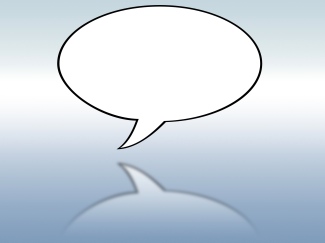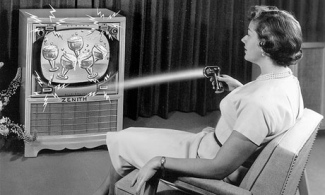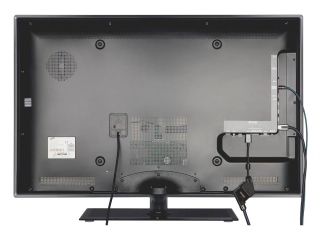
There was a moment in podcasting, before iTunes became its index, that a whole bunch of people saw the promise of the medium and set out to make it work for the masses. Odeo, the company that failed at podcasting, but succeeded at creating Twitter, was one of the many that entered the field. When iTunes added podcasting to its index, it killed a whole crop of new companies. Something about podcasting had been solved.

Since that time, podcasting remains broken for mass audiences. It turns out that Apple’s index did nothing to fix the fundamental brokenness. Most people don’t know how to subscribe to a podcast and sync it to a mobile device. They don’t know how to get the next episode. On the podcast production side the reverse has happened. Practically everyone now knows how to create a podcast. The number of podcasts available through iTunes is staggering.

Podcasting started as an outsider medium, but quickly podcasting networks were created. These were generally pushed by former mainstream media figures hoping to create their own empires outside of the established media empires. It felt a little like the wild west. And then public radio, the BBC, television news and subscription cable channels discovered podcasting as delayed distribution window for their programming. Podcasting now included video and its value as a second-order distribution window increased again. Suddenly the lists of top podcasts didn’t contain names like Dawn and Drew, but were filled with shows from NPR and HBO. Stand-up comics were the next to discover the medium and now almost every comic either has a podcast or is a regular guest on a podcast.
The original podcasts focused on technology, initially on the technology of podcasting itself. There are still a number of programs that focus on technology, but the speed of blog-based tech reporting has undercut much of their value. They’re now a small niche in the podcasting universe. Apple recently reported that since the summer of 2005 they’ve processed one billion podcast subscriptions. Even with all those subscriptions, podcasting is still broken.
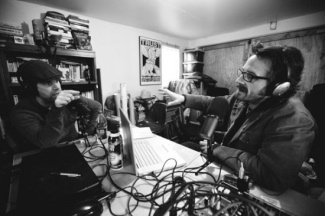
An individual podcast has a freshness date; after a certain amount of time passes its value decreases dramatically. Unlike a music file, once you’ve listened to a podcast you don’t need it any more — just as you wouldn’t generally watch a news broadcast more than once. I subscribe to about 20 podcasts, but only listen to 5 or 6 regularly. With the rest, I pick my spots. In my daily routine the podcast has taken the place of broadcast radio. I listen in the car, and play the shows I want to hear in the only window I have to listen to that kind of programming. My car radio receives a signal from my mobile device (iPhone) and plays over the car’s speakers. Generally the file resides on the memory of the device, occasionally the file is streamed over a cellular network.
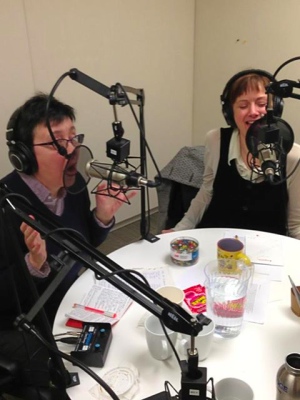
The brokenness of podcasting at first seems like a big opportunity. Apple’s iTunes still has the biggest index of programming, but that doesn’t make anything seem less broken. Take a look at the reviews for podcatchers, the apps used to listen to podcasts to get a sense of how broken most people think things are. One ongoing issue with podcasting has been the lack of hyperlinking in audio files. Reciting URLs with offer codes just isn’t the same as saying “click here”. Podcasts must have an accompanying show page to post links mentioned in the podcast. It’s possible that may be about to change. Apple once again steps in. They’ve filed a patent application for Audio Hyperlinking in Podcasts, Television and more. Here are the details as reported by Patently Apple:
By encoding audio hyperlinks into audio streams, audio streams can take advantage of the ability to link between resources currently available in web browsers and other text-based systems. A system employing audio hyperlinks can allow users to jump between the audio stream and other resources.
As with hypertext systems, an audio hyperlinking system employs hyperlink information encoded into the audio stream that can be used by an electronic device to identify, access, and perform linked resources.
In one embodiment, a button, such as a button on a headset normally used for accepting a call, may be double-clicked to indicate that a hyperlink should be traversed, and triple-clicked (or single clicked) to indicate a return to the original audio stream.
In another embodiment, activation of the call accept button may be combined with activation of the volume increase button to cause the hyperlink to be traversed, and activation of the call accept button combined with activation of the volume decrease button to cause the traversal to be halted and to resume the playback of the original audio stream.
In some embodiments, the hyperlink indicator may be an audio tone or sequence of tones that are audible to a listener of the audio stream. In other embodiments, the hyperlink indicator may be an audio tone or sequence of tones that is inaudible to a human listener, such as a tone at a frequency that is outside of the normal hearing range of 20 Hz-20 KHz, but which may be detected and recognized by the electronic device playing the audio stream, causing an effect in a user interface.
The audio hyperlink may change the economics of the podcasting business. In particular, the “inaudible” audio link has some interesting possibilities. But it won’t solve the index and subscription issues. Podcast listening could definitely be easier for the audience. Sync-ing could be removed from picture if there were lower cellular data costs and an all streaming model. However the primary issue remains that there are a million channels on the podcast station selector and most people can’t even find it.

The more I thought about the brokenness of podcasting, the more I realized that I hoped it remained broken. The more podcasting starts to look and work like mainstream broadcasting, the less interesting it will become. It’s in the shards of a broken process that interesting new voices emerge. Outsiders still have a chance to be heard. When podcasting is “fixed” it’ll be by one of the Stacks and then they’ll own and define it. It’ll be expected to turn a profit.
Podcasting is broken in an exquisite sort of way. It’s broken in a way that we’ll miss when it’s gone — the way some morn the old days of the web. In an era of solutionism, we lack the capacity to see something that’s broken in a good way.



